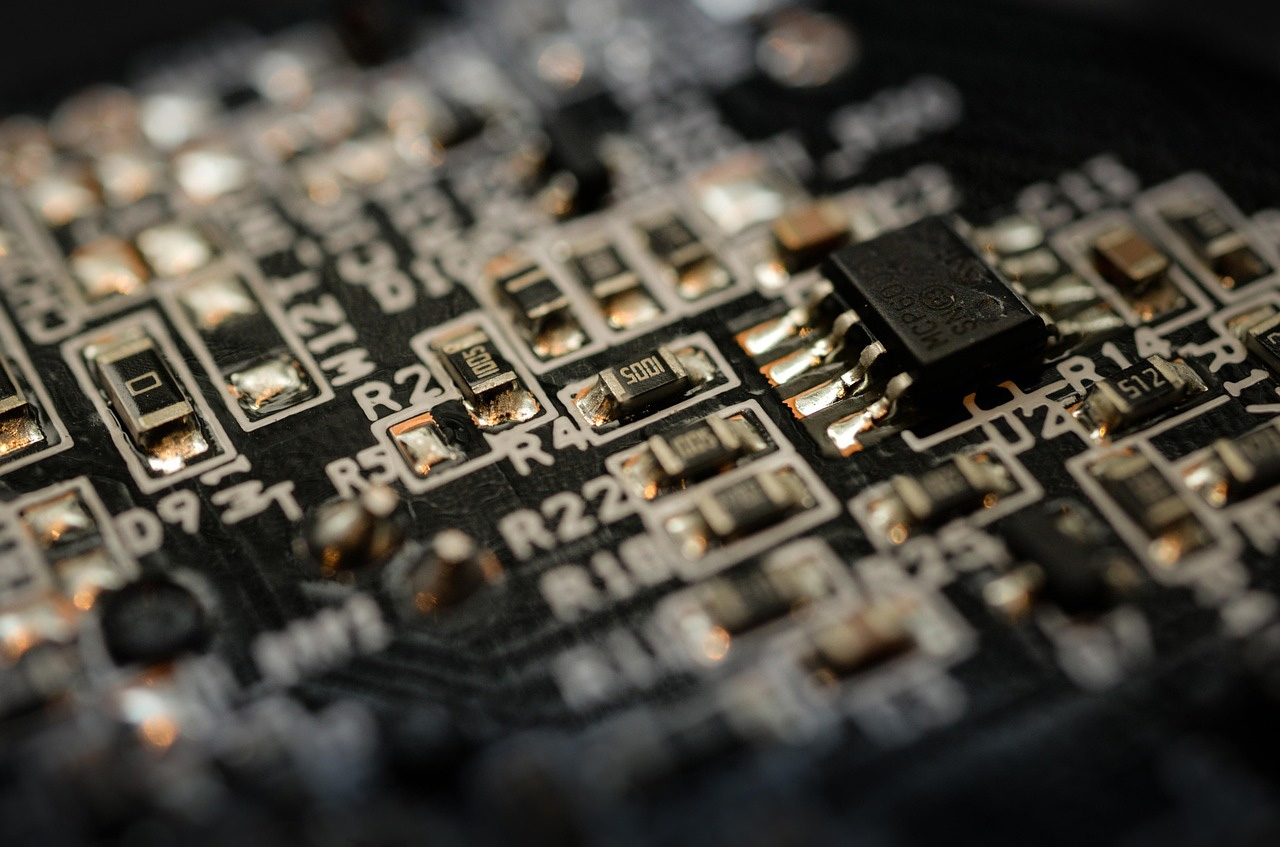The application of copper foil in the PCB industry is far more complex than it might initially seem. Copper is an excellent electrical and thermal conductor, making it the ideal material for most PCB applications. Additionally, copper foil possesses various other properties, which are crucial for engineers to understand to optimize PCB performance.
Types of Copper Foil in PCB Manufacturing
In PCB fabrication, copper foil is primarily available in two forms: Rolled Annealed (RA) Copper Foil and Electrodeposited (ED) Copper Foil.
RA copper foil is produced by continuously rolling a pure copper billet to reduce its thickness until it reaches the desired level. In contrast, ED copper foil is manufactured using an electroplating process in which copper is deposited onto a rotating titanium drum. The rotation speed of the drum directly influences the foil’s thickness.
Once produced, both RA and ED copper foils undergo several processing steps before final integration into PCBs.
Various Surface Treatments for Copper Foil
Copper foil undergoes various treatments to enhance its performance. Some treatments involve passivation, preventing oxidation before usage. Others improve adhesion with specific resin systems, such as PPE (Polyphenylene Ether) and PTFE (Polytetrafluoroethylene). Different resins react uniquely to these treatments, making it essential to match the right treatment to the application for optimal adhesion.
Some treatments enhance adhesion under high-temperature conditions, while others improve long-term reliability when exposed to elevated temperatures.
RA vs. ED Copper Foil for PCB Applications
ED copper foil is the most widely used for rigid PCB applications, though RA copper foil is occasionally employed. Generally, RA copper foil is more expensive and is only chosen when its properties provide a significant advantage.
One of RA copper foil’s key characteristics is its smooth surface, which reduces insertion loss, making it highly suitable for high-frequency and ultra-high-speed digital applications. Additionally, its fine grain structure is beneficial for flexible circuit designs requiring repeated bending. However, this same crystalline structure presents a challenge when etching fine circuit features, though specialized etching processes can mitigate this issue.
ED copper foil, being the industry standard, comes in different types categorized by surface roughness and treatment methods. According to IPC classification, ED copper foils are categorized as LP (Low Profile), VLP (Very Low Profile), and HVLP (Hyper Very Low Profile).
At PCBYES, we ensure our ED and RA copper foils are carefully selected and processed to meet the specific needs of various PCB applications, ensuring optimal performance and reliability.
Measuring Copper Foil Roughness
Copper foil roughness is measured using several methods, which may yield varying results. Broadly, there are two primary roughness measurement approaches:
Contact Profilometry: A physical probe (stylus) scans the surface, detecting peaks and valleys.
Non-Contact Profilometry: Optical or laser-based methods assess surface roughness without direct contact.
Due to probe size limitations, contact measurement methods may not fully capture ultra-fine surface details. In contrast, non-contact profilometry provides more accurate results, especially for fine-grain copper foils.
Surface Roughness Parameters for PCB Design
PCB engineers commonly use the Rz value to describe copper foil roughness. Rz represents the peak-to-valley height measured across multiple sample lines. When measured over an area rather than a line, it is referred to as Sz.
For high-frequency and high-speed digital (HSD) circuit designers, Rq or Sq parameters are more relevant. These values represent the root mean square roughness over multiple sample measurements, providing a better correlation with the effects of copper foil roughness on RF and HSD signal integrity.
Another crucial parameter in copper foil modeling is the Surface Area Index (SAI), also called Surface Area Ratio. It is defined as the ratio of the actual roughened surface area to an ideally smooth area within the measured region. SAI is used in advanced electromagnetic modeling simulations to improve accuracy across ultra-wide bandwidths.
At PCBYES, we prioritize precision in copper foil selection and treatment to enhance PCB performance, whether for standard consumer electronics or high-end RF and HSD applications. Our expertise ensures that our customers receive high-quality PCBs tailored to their unique requirements.




